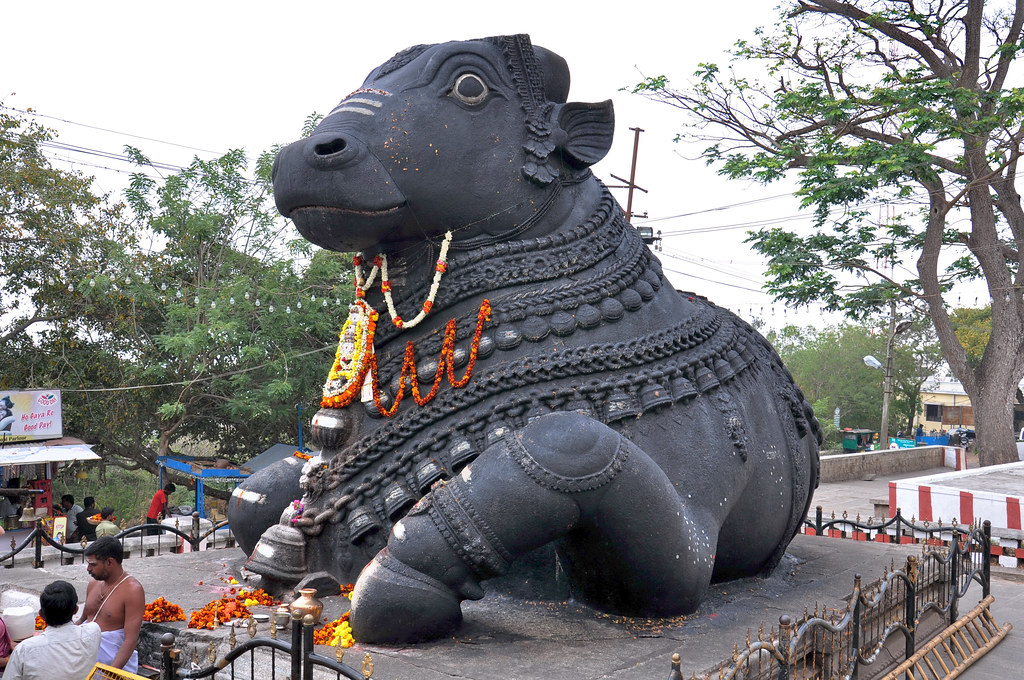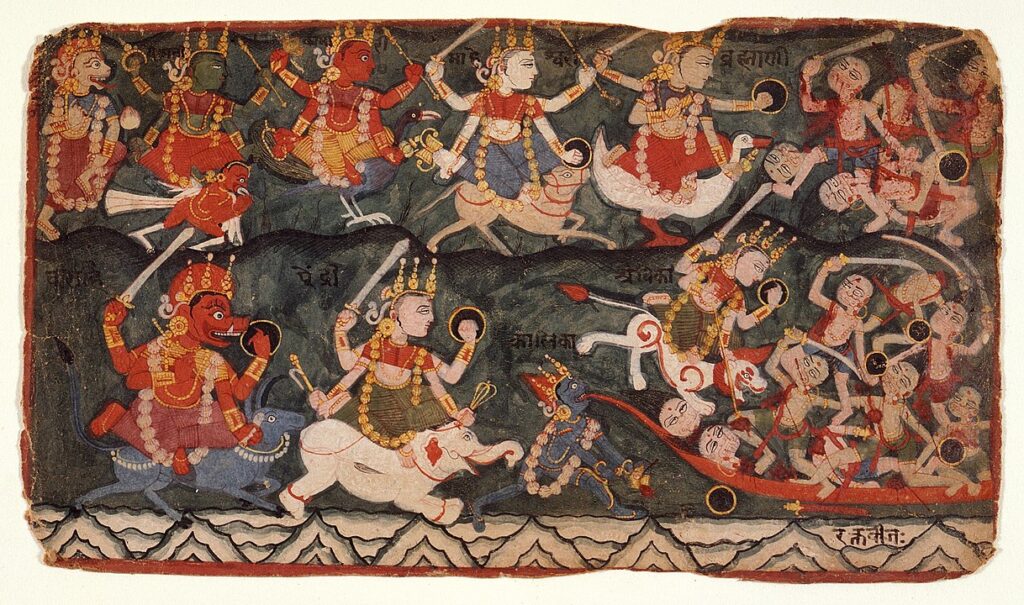Nandi Vahanam As we have vehicles to call our own, the gods and goddesses of the Hindu Pantheon too have some such thing to call their own. Like ours, theirs too differ in shapes and sizes, and they take pride in riding upon them. While the pot-bellied and elephant-faced Lord Ganesa chose a mouse for Read More
Tag: Lord Siva
The Divine Vahanas of gods and goddesses
– Smt. T.S. Rajalakshmi Divine Vahanas Vahana in Sanskrit means “that which carries,” a vehicle for Gods and Goddesses. All Gods and Goddesses have their vehicles (Divine Vahanas or Vahanams). The vehicle may be a bird or an animal. Yet, they too are considered with high respect and offered prayers. They become vehicles to serve Read More


